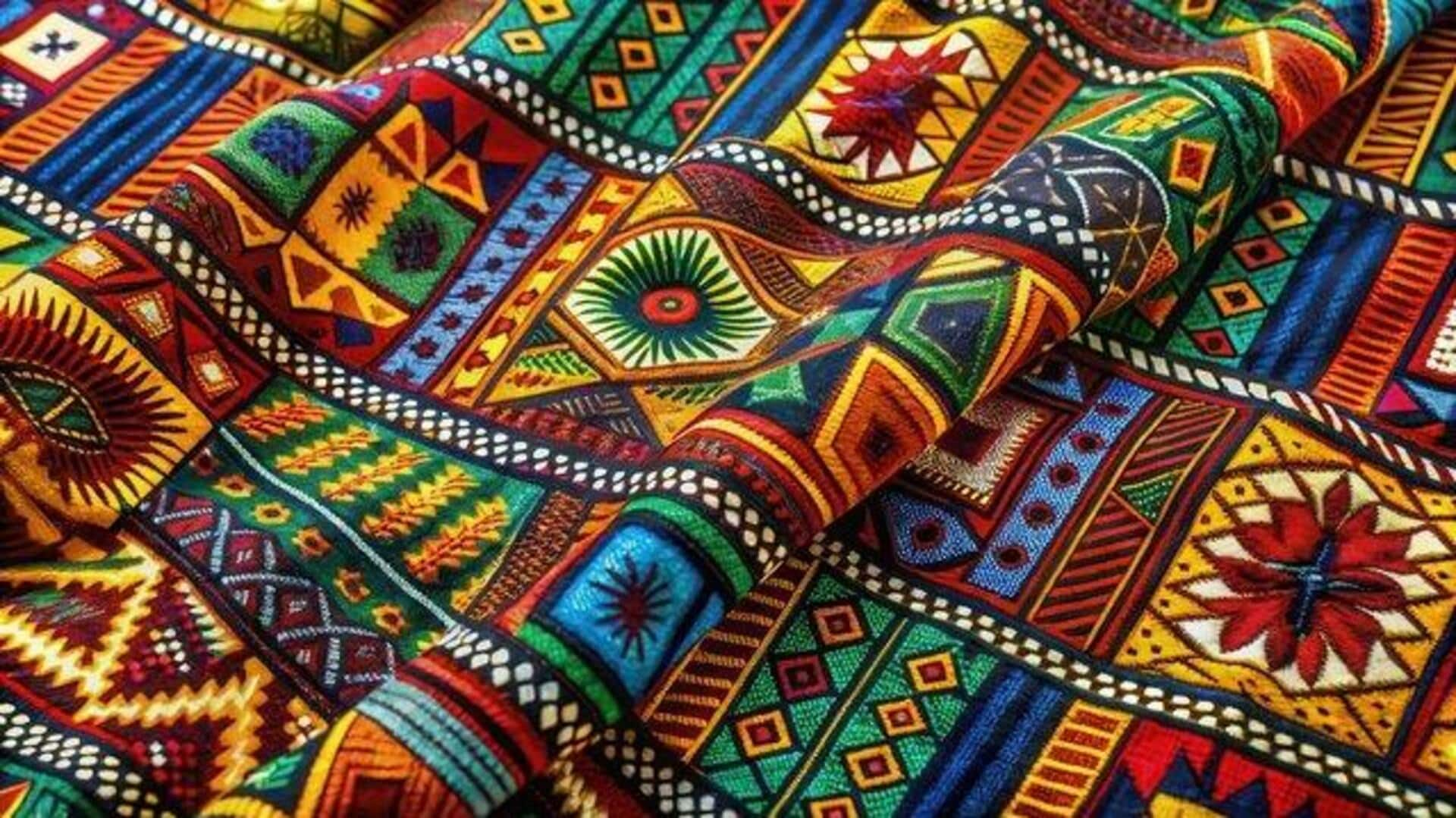
Heard about Adire art?
What's the story
Adire is a traditional Nigerian textile art form that involves resist-dyeing fabric to create intricate patterns. This craft, which originated from the Yoruba people, has been passed down through generations and continues to be a significant cultural expression. The process involves using natural dyes and various resist techniques to produce unique designs on cotton fabric. Adire not only represents artistic creativity but also serves as a medium for storytelling and cultural preservation.
Historical roots
The history of Adire
Adire has been around for centuries and is deeply rooted in Yoruba culture. Traditionally, women practiced it using indigo dye obtained from indigenous plants. Over the years, the art form developed, with new techniques and materials being introduced, yet preserving its traditional character. Today, it serves as a testament to Nigeria's rich heritage and continues to inspire modern-day fashion.
Craft methods
Techniques used in Adire making
The making of Adire employs a number of techniques including tie-dyeing, stitch-resist, and wax-resist methods. Each technique yields different patterns showcasing the craftsman's expertise and creativity. Tie-dyeing includes tying off sections of fabric before dyeing. Stitch-resist uses sewn threads to make designs. Wax-resist involves applying wax on fabric parts that are to be resistant against dye penetration.
Cultural impact
Cultural significance of Adire
Adire is not just a textile, it has deep roots in Nigerian culture. It is frequently donned on special occasions such as weddings and festivals, signifying an identity and pride. The designs can even imply a message or narrate a story about the wearer's ancestry or social standing. This textile art also contributes to keeping Yoruba traditions alive for generations to come.
Contemporary trends
Modern influence on fashion industry
In recent times, Adire has gained international recognition in the world of fashion owing to its vibrant colors and intricate designs. Designers around the world are including these textiles in their collections, showcasing them on global runways. This revival has increased the demand for authentic handmade pieces, while encouraging sustainable practices among artisans who continue this age-old craft even today.